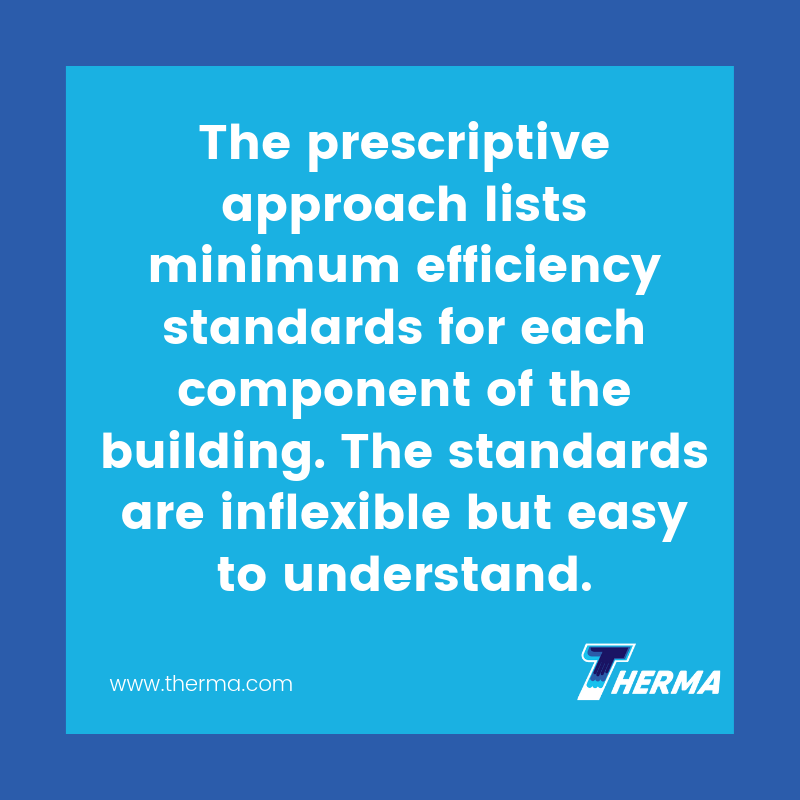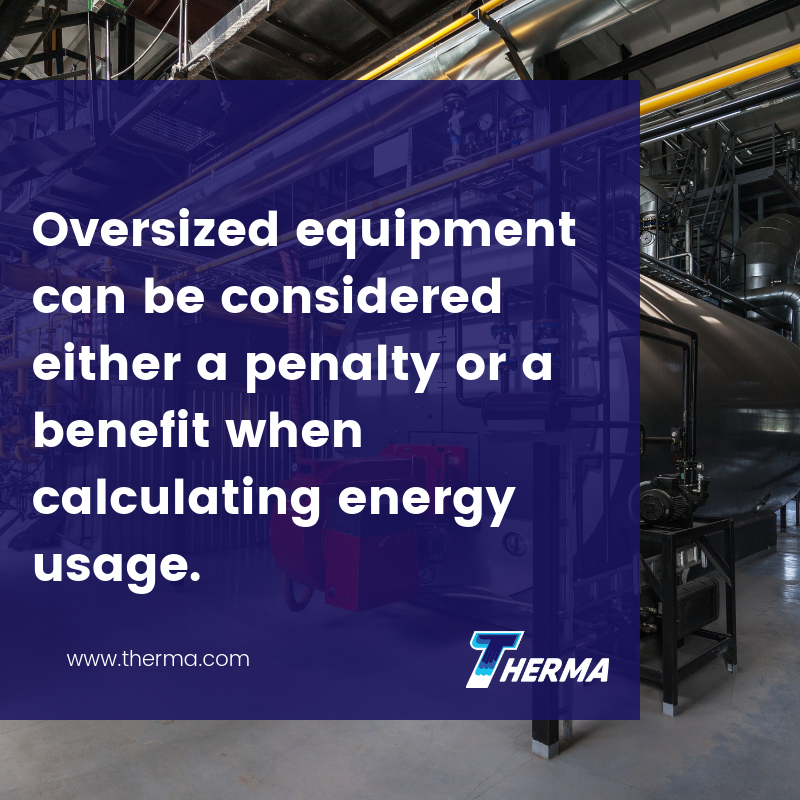By Ruth Seeley
Designed to reduce “wasteful and unnecessary energy consumption,” the California Energy Code updated its Building Energy Efficiency Standards this year. The 2019 standards, effective January 1, 2020, should mean a 30% energy use reduction for commercial buildings. Here’s what you need to know about the California Energy Code.

Most energy savings will come from lighting upgrades. But heating, cooling and ventilation account for at least 28% and perhaps as much as 60% of commercial building electricity use in California, so nonresidential commercial HVAC energy savings play an important role in reducing overall usage.
The Basics: California Energy Code
The 2019 standards establish first-time requirements for healthcare facilities. They also focus on systems control optimization, so buildings aren’t being heated and cooled simultaneously, as well as regulate indoor air quality to optimize it for comfort and health. They also introduce limits on recirculating air. Newly constructed buildings will have to be purged prior to occupancy to remove indoor air pollutants out-gassed from both furnishings and building materials.
Basically, the 2019 Nonresidential Compliance Manual consists of three basic sets of standards:
- mandatory requirements for all buildings
- performance standards or energy budgets that vary by building type and California’s 16 climate zones
- alternatives to performance standards, known as prescriptive packages
Prescriptive packages take a checklist compliance approach, but the good news is that the number of non-residential forms has decreased dramatically from 47 to 10 for 2020, and there’s a single form for mechanical compliance. For a complete list of revisions, changes and additions relating to mechanical, see section 1.5.3 of the Code.
Mandatory Measures, Prescriptive Compliance and Performance Compliance
The Code provides for both mandatory measures and two different compliance options: prescriptive versus performance compliance. Mandatory measures must always be met. These include infiltration control, lighting systems, minimum insulation levels and equipment efficiency. However, there are times when prescriptive or performance requirements are greater than, or more prescriptive than, the minimum mandatory levels.
The Prescriptive Approach
The prescriptive approach lists minimum efficiency standards for each component of the building. The standards are inflexible but easy to understand. However, if even a single design component doesn’t meet requirements, your building won’t be in compliance. If the design calls for a component that won’t meet the minimum efficiency requirements, the prescriptive approach will have to be taken instead, since it provides greater flexibility in the choice of alternative energy efficiency features.

If your building designer chooses to take the prescriptive approach, the mechanical requirements are defined in Chapter 4 of the Code. While the prescriptive approach outlines equipment, features and design procedures, it doesn’t specify particular HVAC systems that must be used.
The Performance Approach
The performance approach is covered in Chapter 11. It requires an approved computer compliance program that models the building, creates an allowed energy budget and determines when compliance is achieved. These compliance programs can help your commercial HVAC contractor find the most cost-effective compliance solution. The Code allows the performance approach to be used for mechanical compliance alone, or for various combinations of systems: envelope and mechanical compliance, envelope and indoor lighting compliance, and envelope, mechanical and indoor lighting compliance.
Mandatory Requirements Related to Nonresidential HVAC
HVAC mandatory requirements are applied to air cooling systems, heat pumps, water chilling packages, heat transfer and rejection equipment, furnaces, boilers and thermostats. While there are no acceptance tests for HVAC system requirements, the design has to specify and meet maximum achievable cycles of concentration using an Energy Commission-approved calculator to determine maximum cycles.
Nonresidential HVAC Prescriptive Requirements
Mechanical heating and cooling equipment including electric heaters and boilers serving high-rise residential buildings, hotel/motel buildings, and nonresidential buildings other than healthcare facilities, must be the smallest size available. Of course, they still have to meet the building’s design heating and cooling loads according to the Energy Standards.

Oversized equipment can be considered either a penalty or a benefit when calculating energy usage. Oversized boilers and vapor compression equipment can drastically increase energy usage, while oversized cooling towers, coils and variable, speed-driven, cooling tower fans may actually improve energy efficiency.
The standards allow for a larger size to be used if the equipment available in increments doesn’t match the standards precisely, and the smaller size is too small.
Nonresidential HVAC Performance Compliance
The performance approach uses Energy Commission-approved compliance software programs with basic modeling capabilities to forecast a building’s energy use. For a deep dive on how to model the mechanical systems and components, see Chapter 9 of the Code.
Compliance rules are based on features required for prescriptive compliance. The computer software generates an energy budget and compliance credits. Modeling will show both a base case budget building that nominally meets the mandatory and prescriptive requirements and a proposed building that represents the actual building’s proposed envelope, lighting and mechanical systems. A proposed building will comply if its standardized time of use rates are less than or equal to the budget building model on an annual basis.
Need more information? Consult an experienced commercial nonresidential HVAC installer familiar with California’s energy regulations.
Biography
Ruth Seeley writes about artificial intelligence, books and publishing, business, homes and gardens, construction, electrical, electronic and mechanical engineering and procurement. It depends what day of the week it is. Curiosity may have killed the cat, but it keeps an English major’s brain firing on all cylinders.
References
https://www.energy.ca.gov/programs-and-topics/programs/building-energy-efficiency-standards
https://ww2.energy.ca.gov/2018publications/CEC-400-2018-018/CEC-400-2018-018-CMF.pdf
https://en.wikipedia.org/wiki/California_Energy_Code
https://aceee.org/files/proceedings/2016/data/papers/5_871.pdf
https://www.ashrae.org/technical-resources/bookstore/standards-62-1-62-2
http://www.ahrinet.org/App_Content/ahri/files/STANDARDS/ANSI/ANSI_AHRI_Standard_365_I-P_2009.pdf







